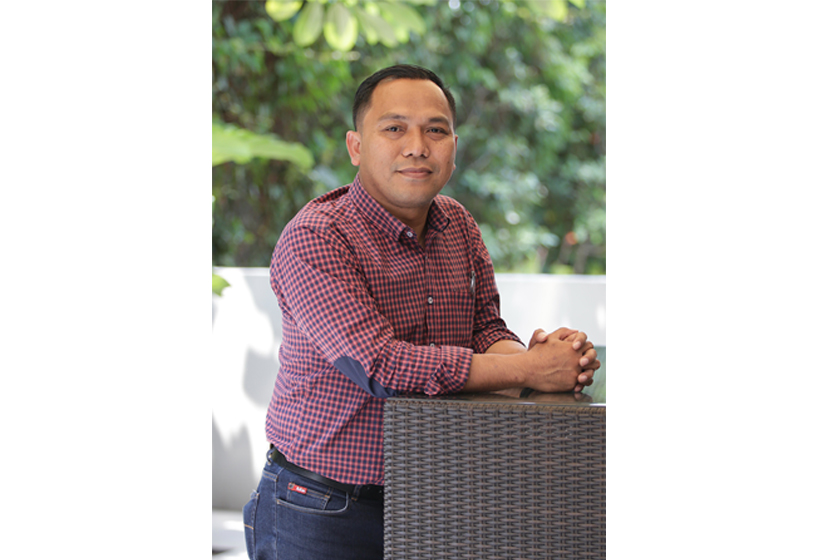Project Leader: Ardy Arsyad
University of Origin: Master, The University of Adelaide
Collaborating Organisations: -
Project Locations :
The project activities will be take place in:
- Balaroa, Petobo, and Jono Oge areas of Palu, Sulawesi Tengah, Indonesia
- Geotechnical Laboratory at The Dept of Civil Engineering, Hasanuddin University Indonesia
Activity Type : Training, workshop or seminar
Sector : Disaster Prevention and Management
Project Rationale:
The project is very important and urgently needed due to several reasons:
- Ground flow slide and liquefaction have been occurred in Palu caused by September 28, 2018 Earthquake 7.4 Mw. This disasters took more than a three thousand lives and severely displaced hundreds residential areas.
- The liquefaction disasters are naturally given, as Palu is the capital City of Sulawesi Tengah Province at high risk for earthquake disaster due to its location is very near the Palu-Koro Fault.
- Liquefaction and flow slide are common in the seismic history of Palu. It is necessary to mitigate so that many lives can be saved in anticipated future earthquake.
Project Description:
The proposed project is joint workshop on developing mitigation technique of ground flow slide induced liquefaction disasters for case of 2018 Palu Earthquake. This workshop is a part of collaborative studies between the Dept of Civil Engineering in Hasanuddin University Indonesia and Dept of Civil, Environmental and Mining Engineering in The University of Adelaide Australia. The study would be implemented through collaborative field investigations in liquefaction zones in Palu, and laboratory investigation and numerical simulation in the Geotechnical Engineering lab in the University of Adelaide. By obtaining field data, laboratory tests, and computational simulation, true mechanism of flow slide and liquefaction can be defined. Then, to mitigate the magnitude of flow side and intensity of liquefaction, several techniques would be assessed and examined such as deep extraction well, ground compaction, and sub drainage . This will be conducted by computational simulation. the finding, at least for the first phase (2019), is field data and laboratory tests, and potential for collaborative publication in international journal.
Project Beneficiaries:
- Faculty members and students Dept of Civil Engineering Hasanuddin University.
- Indonesian Geotechnical Society members in Palu and Makassar, and other eastern Indonesian provinces.
- Academic and practitioners in natural disaster mitigations and earthquake engineering.
- Badan Nasional Penanggulangan Bencana (National Institute for Disaster Prevention)
Priority Development Area:
Economic institutions and infrastructure
Links with Australia:
Department of Civil and Environmental Engineering the University of Adelaide


 Joint Workshop on Developing Mitigation Technique for Liquefaction Disasters: Case Study from Palu Earthquake 7.4 Mw Sulawesi Tengah
Joint Workshop on Developing Mitigation Technique for Liquefaction Disasters: Case Study from Palu Earthquake 7.4 Mw Sulawesi Tengah
